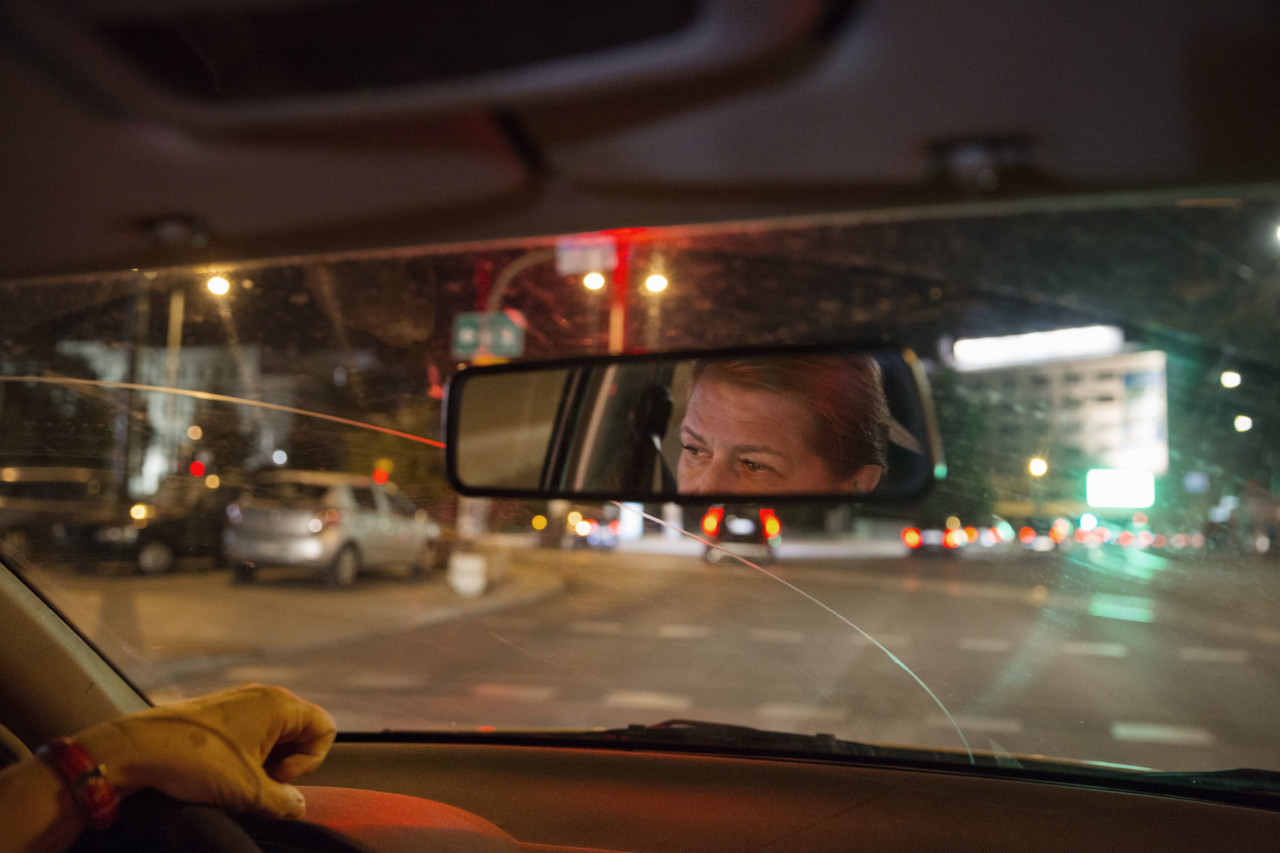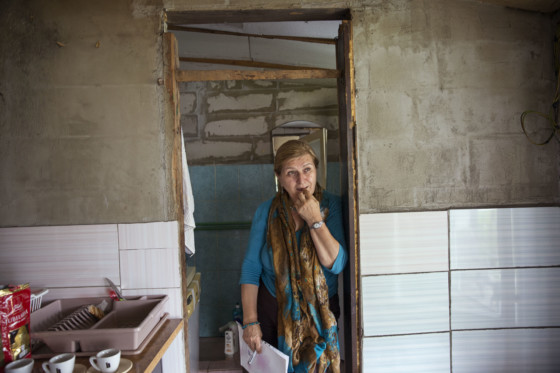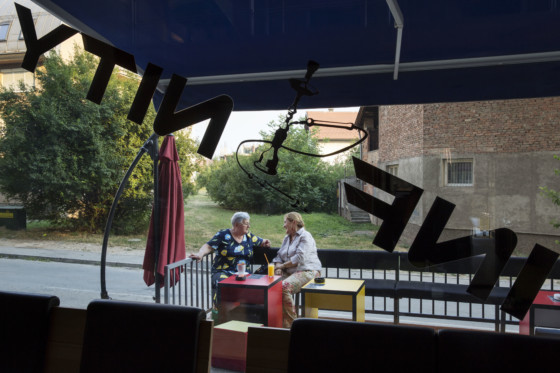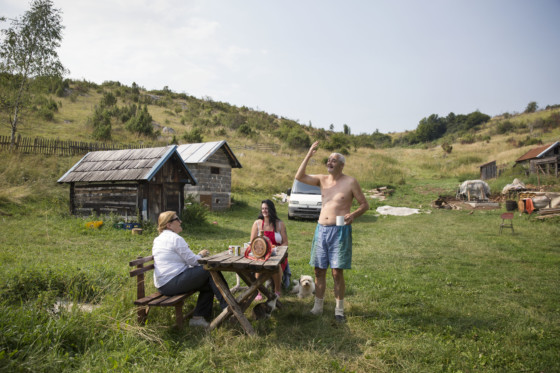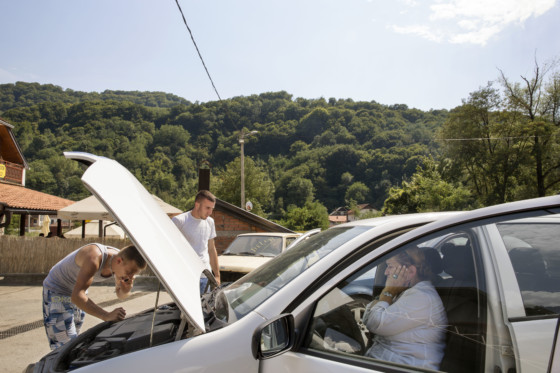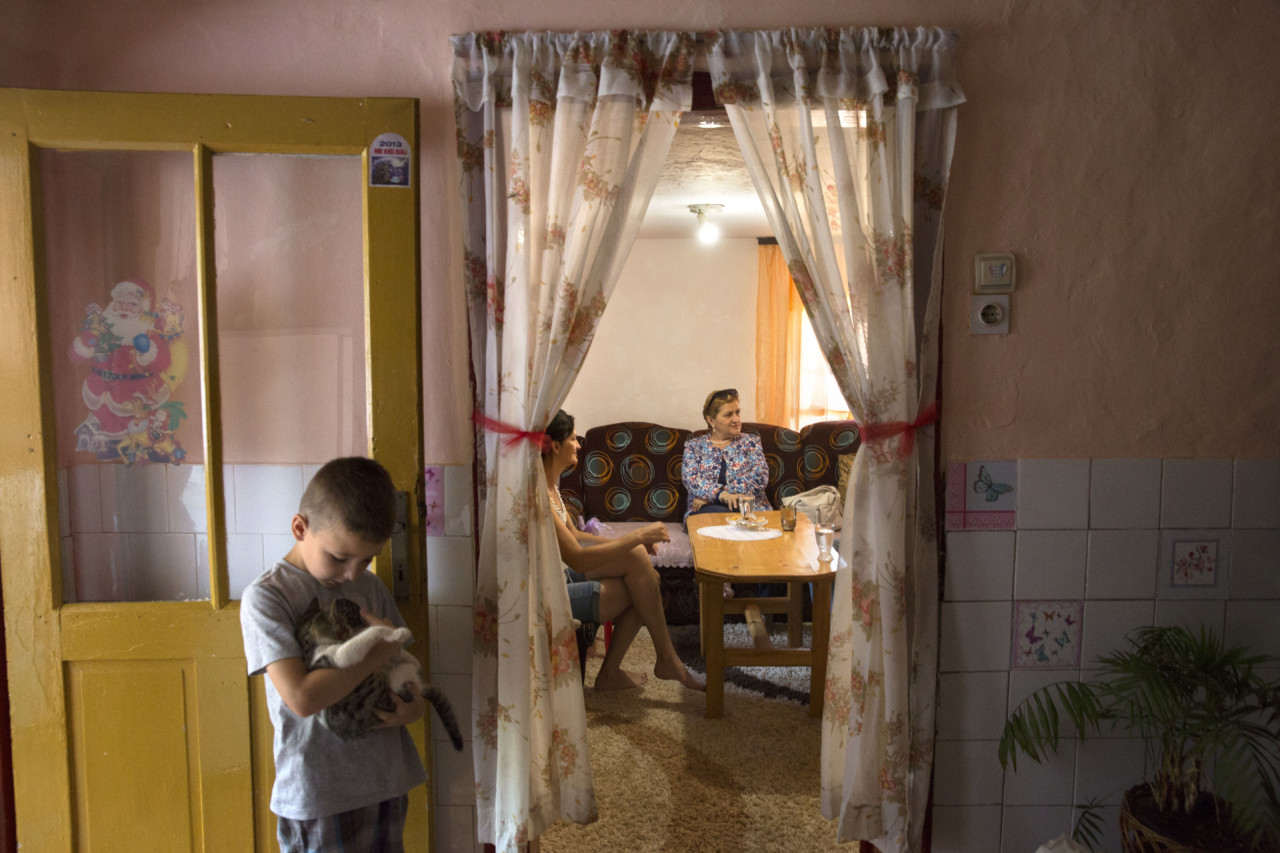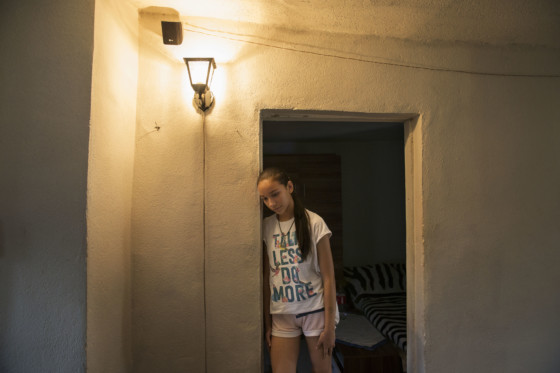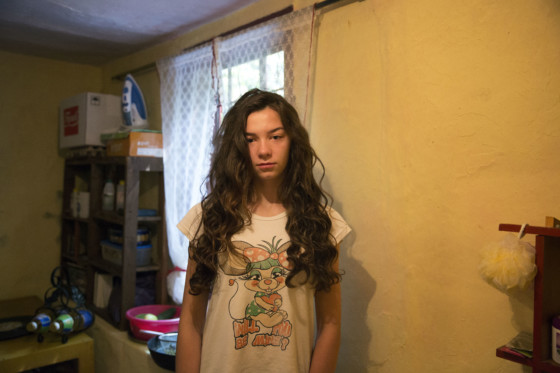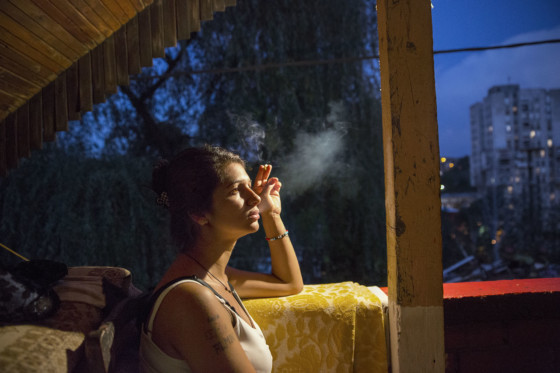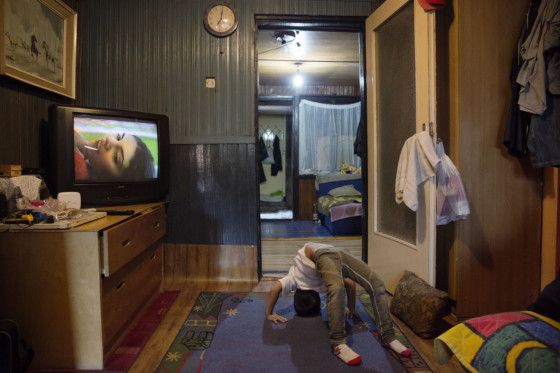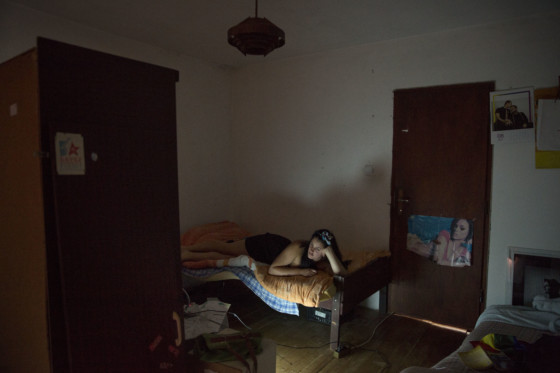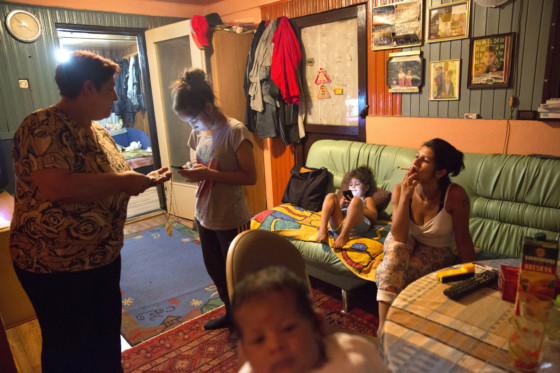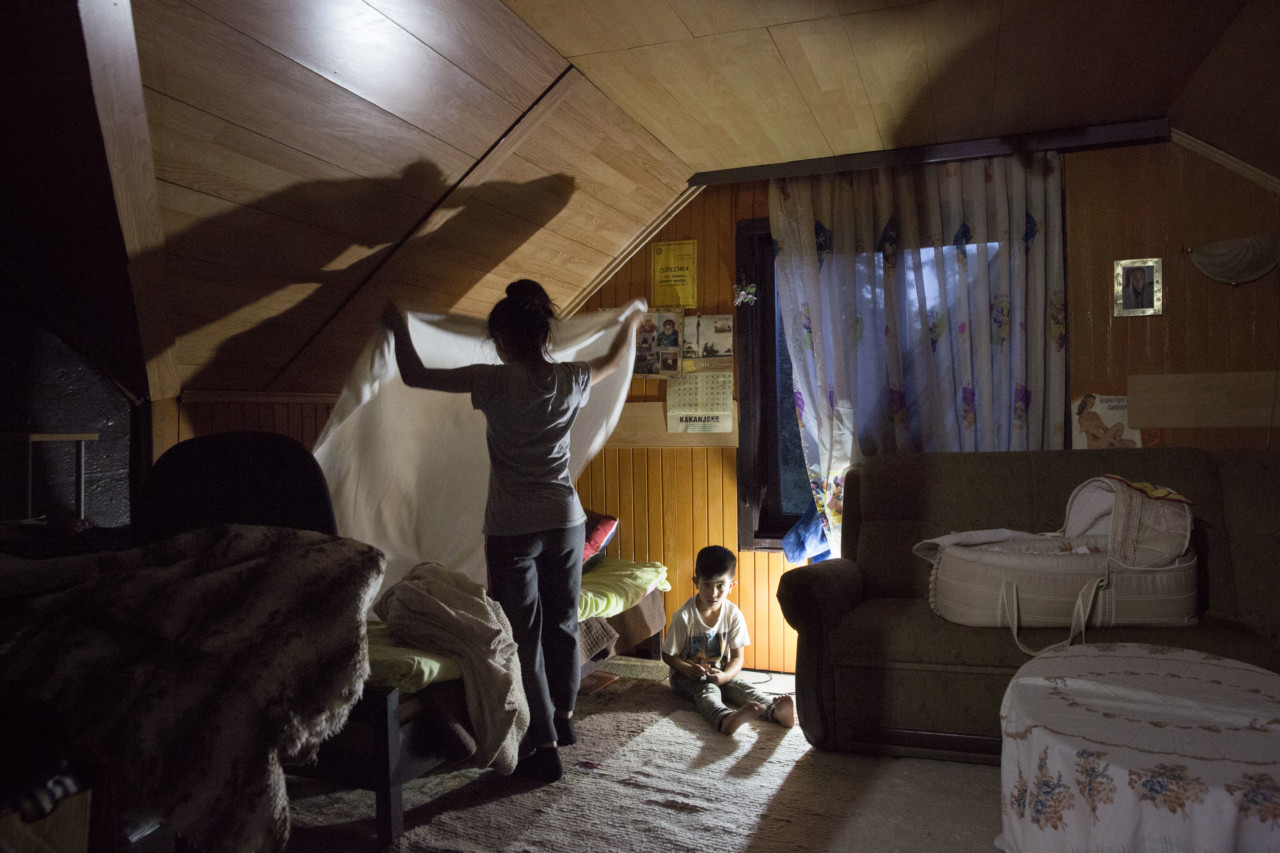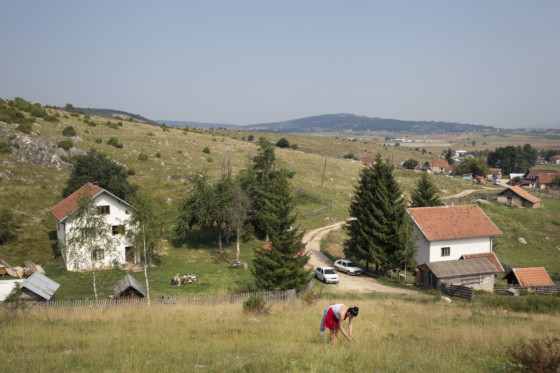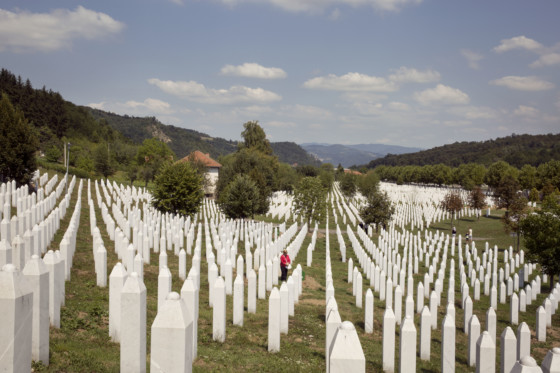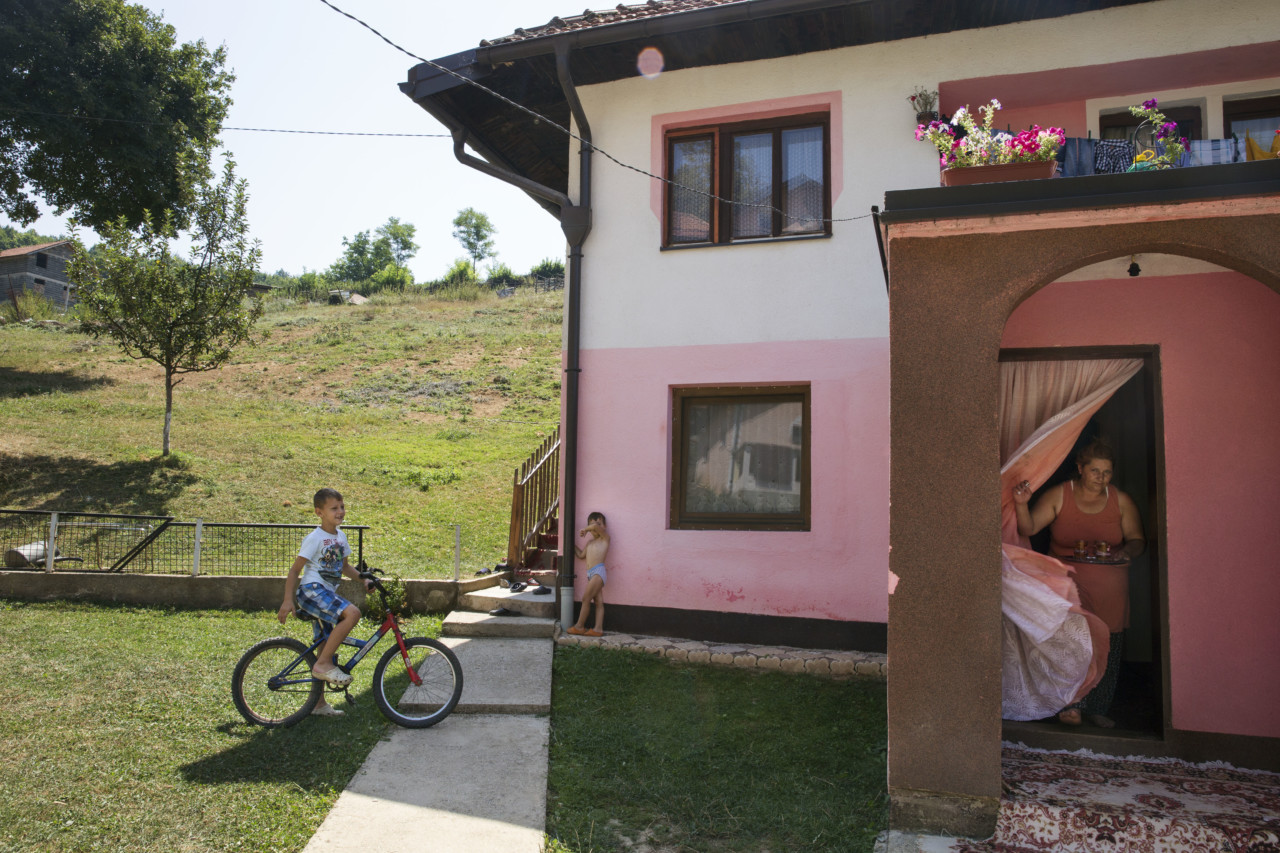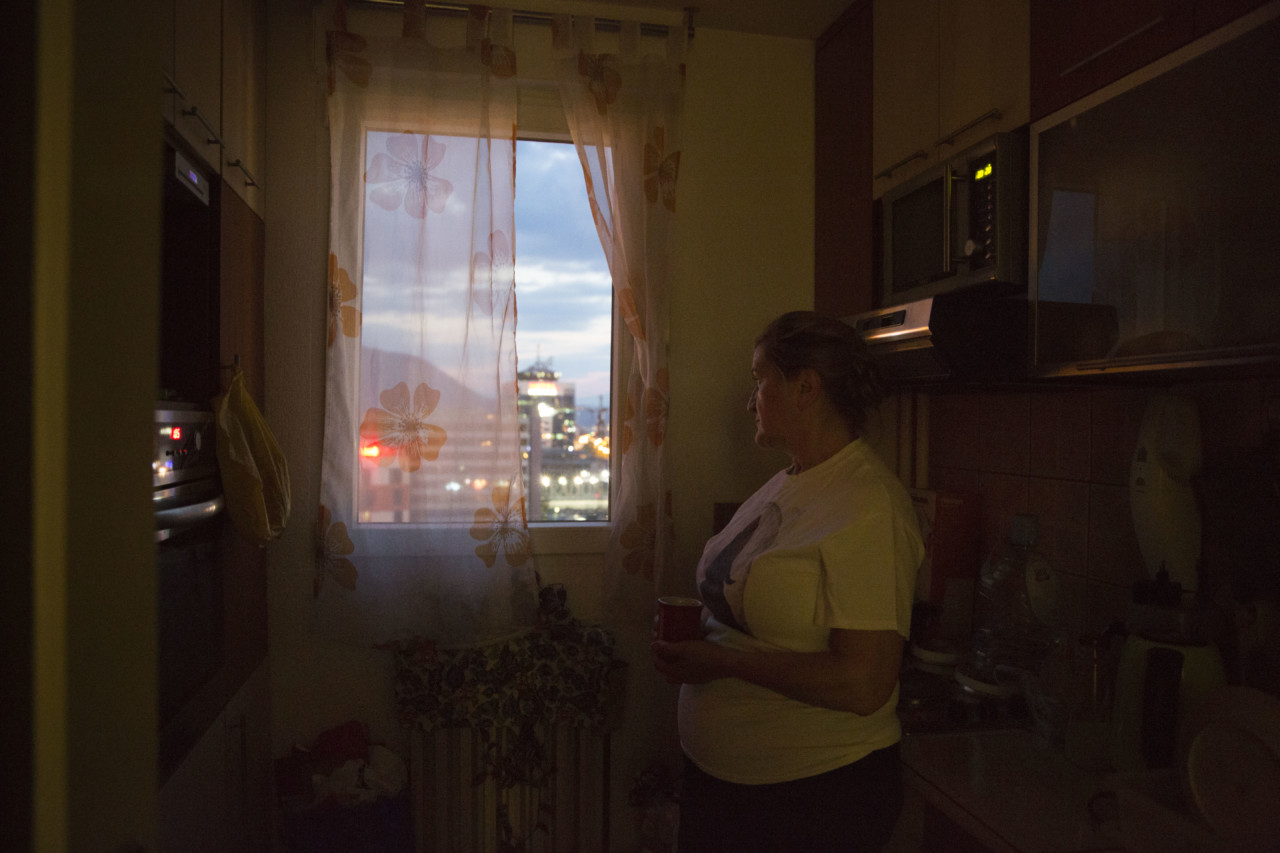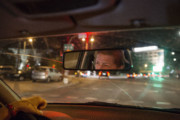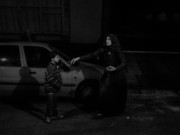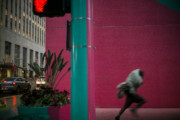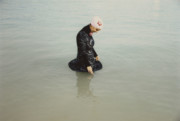From Refugee to Human Rights Activist
Bieke Depoorter meets a survivor of conflict in Sarajevo now working for a better society for all
Awarded for the first time in 1988 to Nelson Mandela and Anatoli Marchenko, the Sakharov Prize for Freedom of Thought is the highest tribute paid to human rights work by the European Union. It gives recognition to individuals, groups, and organizations that have made an outstanding contribution to protecting freedom of thought.
To mark 30 years of the Sakharov Prize, Magnum photographers Jérôme Sessini, Bieke Depoorter, Enri Canaj, and Newsha Tavakolian have worked with four remarkable individuals—all staunch defenders of human rights—to shine a light on their work. For the latest story in Magnum’s collaboration with The European Parliament, Bieke Depoorter traveled to Bosnia and Herzegovina to spend time with a woman pushing for a fairer and more positive society. Acclaimed French writer Eric Fottorino tells her story.
To get to know Jadranka Miličević, to understand her and grasp the depth of her commitment, you first need to remember the hell she comes from. Just a few words are all it takes to recall a conflict that killed more than 200,000 people: the siege of Sarajevo, the Srebrenica massacre, the wars in the Balkans. The agony of Bosnia and Herzegovina brought on by the murderous reawakening of nationalism, that left the former Yugoslavia in ruins.
The conflict was one of the bloodiest and deadliest episodes of the second half of the 20th century to follow the fall of the Berlin Wall and the end of Soviet communism. It cannot be stressed enough; between 1992 and 1995, just two hours by plane from Paris and Berlin, on our very doorstep, Europe succumbed to a barbarity that it was incapable of stopping by itself. It fell to the United States, with the Dayton Agreement signed in Ohio in December 1995, to put an end to the ethnic fighting.
One of the first things that struck Bieke Depoorter, the photographer who met Jadranka, now 60, was that she talks, talks and talks. She keeps talking, telling and recalling, convinced that one of the most effective ways to fight for peace is to remember the horrors that took place. It was like yesterday, not even 25 years ago; barely a generation ago. And to think that it could start all over again if we drop our guard, if voices are not raised to retell ad nauseam what happened in this part of the Balkans.
"To share stories over and over again is to prevent them from disappearing from our collective memory."
- Eric Fottorino
Thousands of women were raped; men, women, and children were forcibly displaced, attacked or murdered. Ethnic cleansing on a massive scale in the name of a racial purification, that echoed a previous era. Atrocities perpetrated on all sides by paramilitary groups and private militias, civilian against civilian, brother against brother, like wolves.
So yes, Jadranka likes to talk; in fact, she is a bit of a chatterbox. She believes in the power of words against the inertia of forgetting. To share stories over and over again is to prevent them from disappearing from our collective memory. Jadranka’s combative life story has been told in seven books and two films. There is no cult of personality, though—far from it. It is her way of operating and making what she does more credible, leading by example.
In 1992, on the eve of the conflict, Jadranka was living in Sarajevo. A normal life with a husband and two children. “I was working in a bank. I was middle class. When the fighting started I left Sarajevo to take refuge in Serbia. The moment I became a refugee is the moment I also became a human rights activist. I wasn’t going to wait for someone to come and help me. I was the one who wanted to help other people. But I had left with a feeling of guilt. I left my husband in Sarajevo. I couldn’t not do anything.”
In December 1992, she joined ‘Women in Black’, a pacifist and feminist organization in Belgrade. That was the start of a struggle which continues to this day. “I began my new life,” recalls Jadranka. “The only life I love. I felt as if I had lost 30 years, the first 30 years of my life.” Through Women in Black, Jadranka forged ties with other ‘peace guardians’ in Germany, Spain, Italy, and Hungary. Together, they set up support networks for abused women. They gather and exchange the experiences of women living in conflict zones such as Bosnia and Croatia, women who Jadranka calls ‘friends’. “We published works in English, illustrated with testimonials.” Always the same obsession, the same leitmotiv: publish in order not to forget, and speak so as to preserve the peace.
"The moment I became a refugee is the moment I also became a human rights activist"
- Jadranka Miličević
Jadranka helped establish the CURE Foundation in Sarajevo, a feminist and activist NGO which promotes gender equality and the positive development of society through educational and cultural programmes. She now helps set up local branches of CURE and provides training for people to meet their own material needs. In small groups, participants are taught how to sell honey or lavender-scented cushions and are provided with advice and the tools to survive in an environment where, even after the war, women are largely neglected, especially Roma women. It was this suffering that led Jadranka to join CARE, another NGO entirely dedicated to supporting Roma women facing discrimination.
CURE and CARE: Jadranka’s life is bound up in these two organizations, which she runs primarily in Bosnia and Herzegovina, Montenegro and Serbia. A full-time activist, 24/7. No personal life, no private life. There is only time for her outreach activities, training, project development and applications for funding, including from the EU. “We never see our mother,” says one of her sons. “She’s always traveling to do her workshops. That’s her life,” Bieke Depoorter says. “It’s the only thing that matters. She doesn’t want to call the people she helps “beneficiaries.”
Most end up becoming her friends. You could say they are her other family, if not her real family. “Together, we left Sarajevo to go on a tour of nearby villages,” Depoorter adds. “It was very important for Jadranka. She wanted me to photograph her in these places. Every year, at the end of July, she goes to Srebrenica with several members of the CURE Foundation and the Women in Black group to visit the memorial to the victims. She is determined to hold on to the memory of those atrocities, whatever the cost.” Jadranka says gravely: “I wanted to show Bieke these places. I know some people who lost their entire family. A friend of mine lost 56 family members here.”
It is thanks to the initiative of women like Jadranka that the Srebrenica–Potočari memorial was inaugurated in 2003, 8 years after the massacre. “We are pushing the government to build places of remembrance. We are also helping war widows who live alone to exercise their rights. And, of course, we are trying to find the bodies of those who were killed. The Srebrenica–Potočari memorial lists 8, 372 names, but only 6, 800 sets of remains have been found and identified. Widows and mothers are still waiting to properly mourn their loved ones. Even after all these years, the pain is still very real. How can we get back to a normal life when the whereabouts of all these people who were killed remain unknown?”
"Being an activist, taking care of other people is what has allowed me to survive"
- Jadranka Miličević
For Bieke Depoorter, this was not an easy assignment. She has deep admiration and respect for Jadranka; for her ceaseless and committed activism, her staunch feminism and her stubborn desire to give power to women so that they can take control of their own lives, be independent and fully exercise their rights. Nevertheless, the photographer had to work with what Jadranka let her see. Wherever she travels, whether it’s to the United States or Egypt at the time of the revolution, Depoorter seeks to establish a close relationship with the people she captures through her lens. For her, a photograph is a conversation.
“The most important thing is the personal relationship,” she says. “Often, they don’t want to be photographed. In Bosnia, I tried to explain to Jadranka the approach I wanted to take because she was worried that I would show the poverty of their homes. On the last night, I could do what I wanted and in the way I preferred. Sitting on the bed of someone who has invited me. Finding myself alone with a family. Establishing a climate of confidence, which builds trust.”
Depoorter’s photos are full of humanity. For example, those of Lejla, who lives alone in a village. Raped during the war, beaten by her husband, abandoned by her family; her life has been a struggle. “It’s her courage that has given her the strength to be happy today,” says Jadranka, who is full of affection for the young woman. Through CURE, Lejla was given a sewing machine, which she uses to make and sell handicrafts.
In 2014, Lejla’s house was flooded. Jadranka’s NGO once more intervened to help the young woman and protect her livelihood. She does this tirelessly, day in and day out. Whether in Sarajevo, Montenegro or Serbia, she devotes herself to supporting Roma women through CARE. At 5 p.m. the first part of her day comes to an end and she moves on to her work for CURE. “So far we have helped 15,000 Roma and Romanian women. With our help, they have been able to go to the doctor and to have mammograms. We collect money to fund schools so that even the poorest people can keep their homes.” As long as she has the strength, she will continue the work. “Being an activist, taking care of other people is what has allowed me to survive,” she concludes.
Text by Eric Fottorino, assisted by Manon Paulic.
See the stories from this series here.


